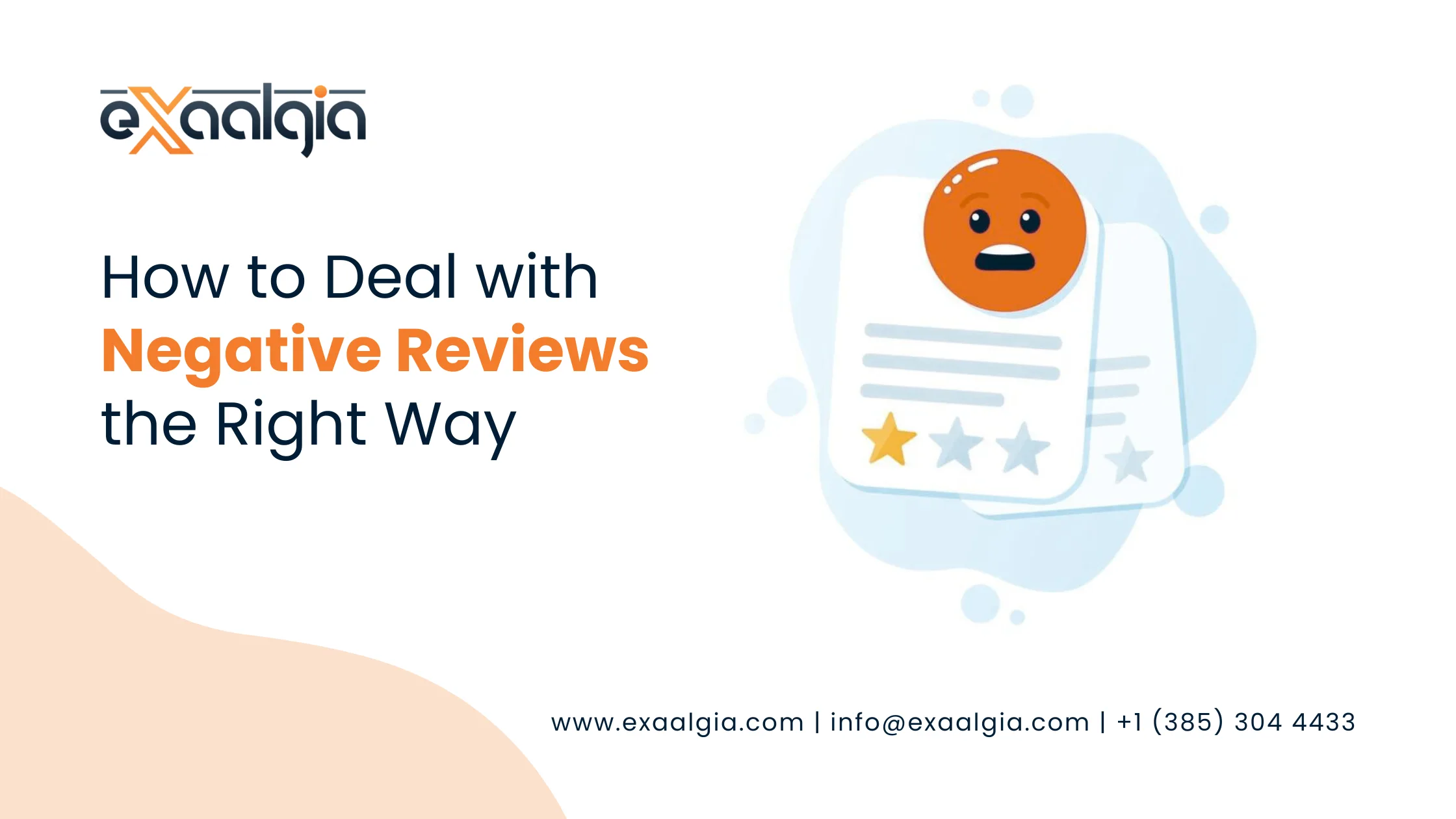This guide will take you through what SEO copywriting actually is, why it’s more important than ever, and how to create content that’s effective for both search engines and humans.
What is SEO Copywriting?
SEO copywriting is the skill of writing content that’s friendly to search engines and appealing to readers. It’s understanding what your audience is after and naturally using the correct keywords while delivering a message that informs, engages, and invokes action, not just stuffing keywords in a paragraph.
As an SEO copywriter, your content not only ranks in a search engine, but also converts readers into subscribers, customers, or fans.
Why SEO Copywriting Matters More Now Than Ever
Search engines have changed drastically. Google now favors content that provides an excellent user experience over checking keyword boxes. That means you can no longer write solely for spiders, you have to write for humans first.
Three main reasons why SEO copywriting is essential now:
1. Intelligent Search Algorithms
Google now employs machine learning to analyze search intent, relevance, and even how content-satisfied users are with the results they get. If your page does not assist, it will not remain atop for long.
2. Cutthroat Competition
Almost any niche is overwhelmed with blog articles, videos, and guides. Only high-quality, effectively optimized content can cut through the white noise and be seen.
3. Conversions Drive ROI
Number one ranking is useless if people don’t convert. SEO copywriting fills the gap between visibility and performance by influencing people to take action.
Key Elements of Powerful SEO Copy
To make your content succeed, there are some key elements that need to work in perfect harmony.
Keyword Research and Search Intent
All great pieces of content begin by knowing what your visitors are searching for. Semrush, Ahrefs, and Google Keyword Planner are keyword research tools that display what people are entering into search engines. Also, don’t forget to think about intent, are they seeking information, comparing options, or ready to buy?
Headlines, Title Tags, and Meta Descriptions
Your headline is the first thing readers see. A clear and focused headline that includes your main keyword is a good sign of relevance and value. Your title tag needs to have fewer than 60 characters, and your meta description should provide a reason to click in 160 characters or fewer.
Content Depth and Structure
Google likes content that digs in and responds to each question possible that a reader could have. Organize using H2 and H3 headings to have a logical structure. Begin with a solid introduction, and divide your article into bite-sized sections.
Keyword Placement
Once you have established your primary keyword, include it in the title, introduction, a few subheadings and naturally in the body of content. This allows search engines to recognize what your piece is about, without being too excessive for readers.
Internal and External Links
Internal links encourage your readers to stay longer on your site by directing them to other helpful resources you’ve created. External links to trusted resources can increase credibility while demonstrating to search engines that you’ve researched your topic.
Readability and Engagement
Maintain interest in your content. Make paragraphs small, add illustrations and real-life situations, and if the tone is informal do it. The longer the visitor stays on your page, the more likely you will boost your ranking.
How to Write SEO Copy That Works
Let’s break the process down into a plain step-by-step model.
Step 1: Discover What Your Audience Wants
Take time to research the questions your target audience is asking. Check out forums, social media discussions, and tools such as AnswerThePublic to get their most significant pain points.
Step 2: Select the Appropriate Keywords
Pick one primary keyword for your subject and two or three secondary keywords that are relevant to it. Ensure that they align with the user’s intent and are not too competitive to your site’s current ranking authority.
Step 3: Write an Irresistible Title
Your title must be compelling and contain your main keyword. A good title is “SEO Copywriting: The Ultimate Guide to Writing Content That Ranks and Converts.”
Step 4: Create a Compelling Introduction
Your intro must instantly make readers know they’re where they need to be. Ask a question, reveal a shocking stat, or set up a fast image of their issue.
Step 5: Create the Body of Your Content
Structure your thoughts into sections based on H2 and H3 headings. Support your arguments with examples, case studies, or facts. Ensure that each section provides value.
Step 6: Search Optimization
Scan your copy to make sure keywords are naturally included. Internal linking to other pages on your site, inserting external links to appropriate sources, and adding description alt text for images.
Step 7: Finish with a Clear Call to Action
All your copy must compel the reader to take an action next. Whether that’s subscribing, downloading, sharing, or purchasing, make your CTA clear and compelling.
Writing for Humans First
Although SEO matters, your reader should never take a backseat. Write their language. Steer clear of jargon unless your audience is very technical. Use narrative so that your message is remembered. Add trust signals such as case studies, testimonials, or specific data points to support your assertions.
SEO Copywriting Don’ts
There are a number of errors that can destroy your efforts and damage both your rankings and your reputation.
1. Keyword Stuffing
Including too many keywords makes content sound unnatural and forced. Write naturally and have keywords fall into sentences without being awkward.
2. Overlooking User Intent
If a user searches for quick tips and ends up on a 3,000-word essay, they will bounce. Keep your content format consistent with what the searcher is expecting.
3. Poor Headlines and Meta Descriptions
Even high-quality content can tank if no one clicks on it. Take additional time crafting headlines that are interesting and meta descriptions that deliver value.
4. Lack of Readability
Blocks of excessive text drive word readers away. Use short paragraphs, white space, and make it simple to skim.
5. Failing to Update
Search patterns change, and so does your audience’s interest. Renew your old posts from time to time to remain in line and maintain high rankings.
The Big Picture
SEO copywriting isn’t all about ranking, it’s about trust, authority, and relationship-building with your audience. When you emphasize serving actual value and combine it with good optimization techniques, you’ll produce content that doesn’t just show up on Google’s first page but also generates measurable outcomes.
FAQs On SEO Copywriting
What is the optimum length for SEO copywriting?
There is no word limit, but the content that is between 1,500 words to 2,500 words tends to do well because it discusses a subject in detail.
How many keywords should I use on a post?
Use one main keyword and two to four secondary keywords. Incorporate them naturally but not by trying to stuff them in.
Does SEO copywriting still work with AI tools around?
Yes, but you still have to put a human stamp on it. Utilize AI for brainstorming or initial drafts, then edit for tone, flow, and emotional resonance.
How frequently should I refresh my content?
Check your content every six to twelve months. Include new information, correct old references, and update stats to keep rankings.
Is SEO copywriting identical with content writing?
Not quite. Content writing is more about producing informative or engaging content, whereas SEO copywriting is designed to rank higher and turn readers into customers.







